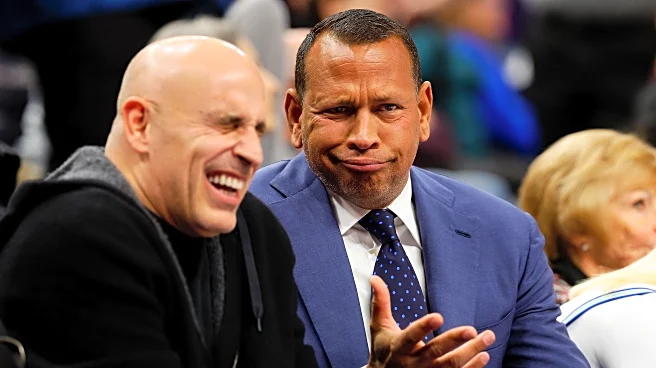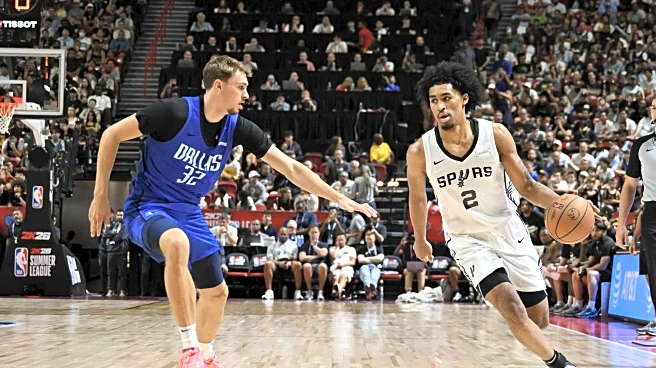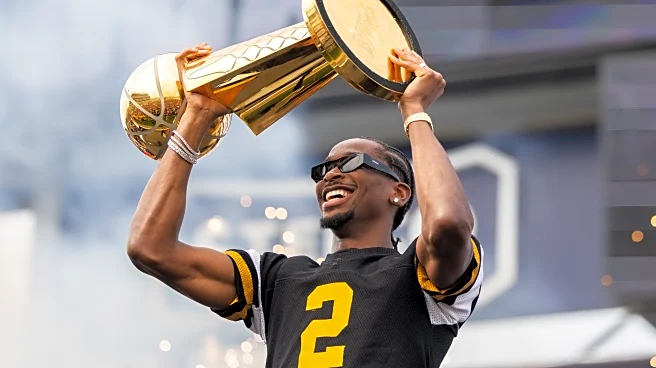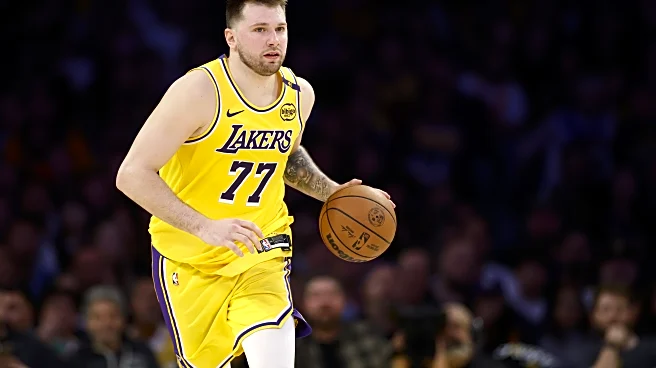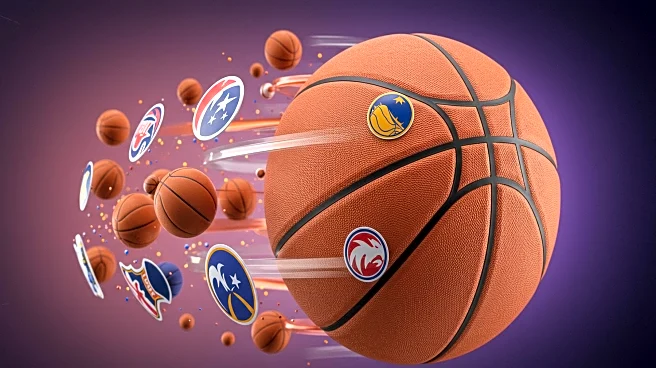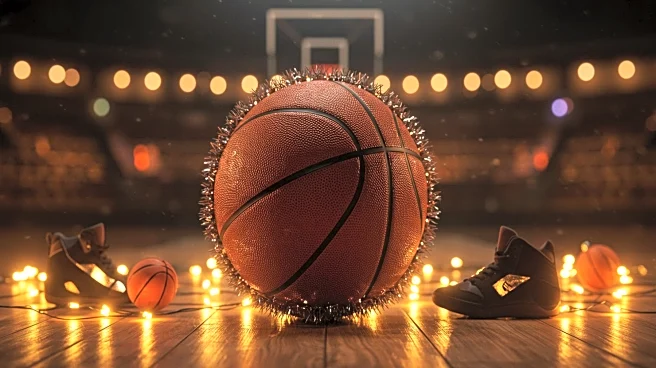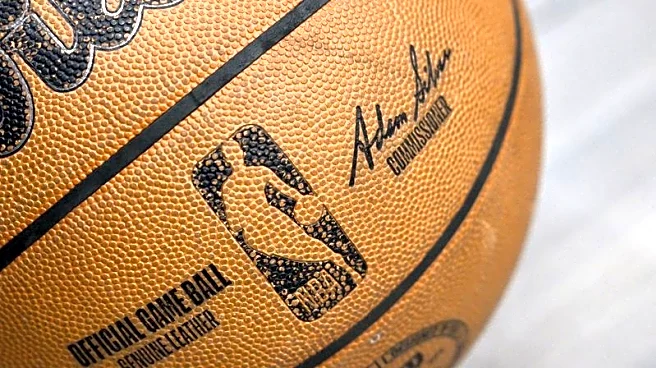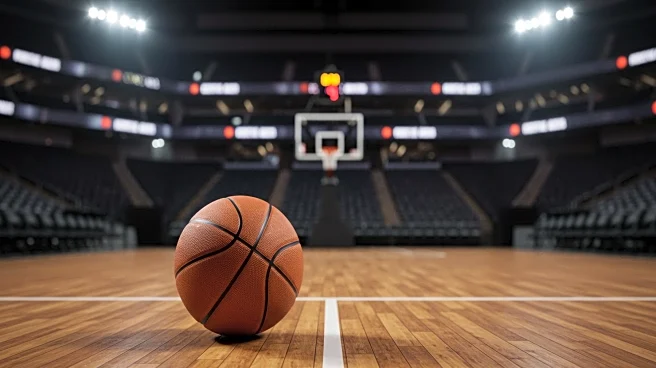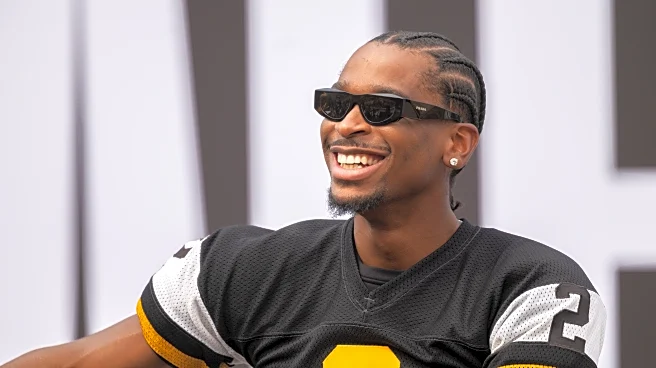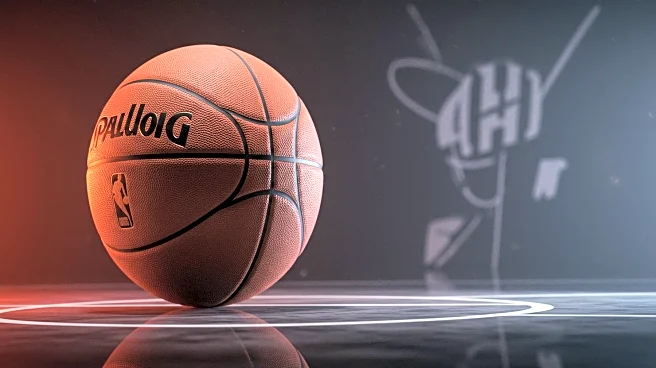
Ever get that anxious feeling that something needs to be happening in order for things to feel normal, even though normal may mean that nothing needs to happen at all?
You either answered yes or no to that question. If you answered yes, then let’s dive into the Minnesota Timberwolves offseason, one of the most boring entities of Wolves lore in franchise history. If no, then humor my manifesto for a few more words (unless I’ve already lost you).
The idea of boring gets such a negative connotation. Maybe
sometimes a slow two-step on the dancefloor is better than the shopping cart. Sometimes potato chips are better than caviar. In this specific instance, I’ll make the case for the slow two-step and a handful of potato chips, because success doesn’t always come in the form of fireworks, offseason fanfare, and a domination of the ESPN ticker.
After racking my brain, the top Timberwolves specific storylines over the summer would be:
- The formal transfer of ownership to Marc Lore and Alex Rodriguez
- The Minnesota Lynx are the best basketball team ever assembled
- Julius Randle and Naz Reid extended to multi-year contracts
- Kevin Durant…doesn’t like the cold?
- Joan Beringer’s Summer League debut and Terrence Shannon Jr’s domination of Las Vegas
Now granted, if number four ended up materializing, this post doesn’t get written. That would mean for the third time in just four offseasons, a jarring move to the roster would have been made that would likely have a drastic impact on jersey sales and all that comes with the business side of the team.
But it didn’t.
This offseason, we had none of the following:
- The President of Basketball Operations getting fired in late September
- An All-NBA player berating the young franchise player en route to one of the loudest trade requests in NBA history
- Said franchise player getting traded just six years later, and less than 48 hours before the ensuing training camp
- Five first round picks getting traded for a center that would need a seismic change in the team’s scheme at the time
- An elongated offseason due to a pandemic that would eventually result in the future of the franchise getting drafted during a November NBA draft
Not all of those things are negative, but they’re all significant. Something to start a conversation with, text your friends about, talk your significant other’s ear off about, whatever. This offseason hasn’t been that. That’s ok. What does it signal?
Continuity.
In fact, the best and most successful organization across the league have historically been boring.
Are the Boston Celtics a wild bunch? Are the Indiana Pacers a reality TV show? Do the Oklahoma City Thunder have a flair for the dramatic? They barely drank a half bottle of champagne after winning the NBA title! Even for an up-and-coming team, I’m sure the San Antonio Spurs led by a chess-playing, Shaolin Temple retreat-taking big man won’t need a Bravo show.
For the Timberwolves, the vision of continuity dates back well before 2025.
“It’s all about the fans in Minnesota. They deserve a winner,” new co-owner Alex Rodriguez told the Associated Press in 2022. “They deserve consistency, they deserve continuity…and I think across the board, we’ve seen that. There’s a lot to be excited about. When you forecast predictability, it’s good for the energy of the town.”
And in 2025?
“It’s our intention to keep everyone here,” Head Coach Chris Finch asserted at exit interviews.
Keep everyone here they did.
It won’t grab headlines, or be the “most intriguing team to watch” in a national news outlet’s season preview. In fact, the Wolves, even in a historically boring offseason around the league, fail to grab shares of the title conversation or see their odds move up and down the board.
Similar to the 2024-2025 Timberwolves, this year’s team will have a similar goal to what Chris Finch laid out last season. Did you make the Western Conference Finals, or are you a Western Conference Finals team?
What I would add on amounts to a greater challenge: Can you prove that continuity can compound to something better, rather than be conflated with complacency?
On paper, the latter can easily be looked at as more likely. Julius Randle is in his thirties. Rudy Gobert is near the end of his prime. Some of the peripheral pieces on this team may not have much more of a ceiling to offer (Donte DiVincenzo, Mike Conley, etc.).
Counterpoint: Two seasons ago, we saw and heard firsthand from coaches and players what having the entire roster under contract does for a locker room. Less personal agenda leaking onto the floor. More shared common goals to reach an ultimate end point. An offseason together, where everyone stayed in Minnesota to workout and get to know each other better. Most of all, the need to not take half of the regular season to adjust to each other’s playing styles on the court, as such was the case this past season with Randle and two seasons ago with Gobert.
It worked the first time, and it remains to be seen if it will pay the same dividends. If it doesn’t? I’m sure I’ll write something next offseason singing a very different tune. And who knows? We still have about a month of the offseason left. At this time last year, everything was placid, and to put it lightly, it didn’t end up being so.
But for now, they’re just…there; and that’s ok.
